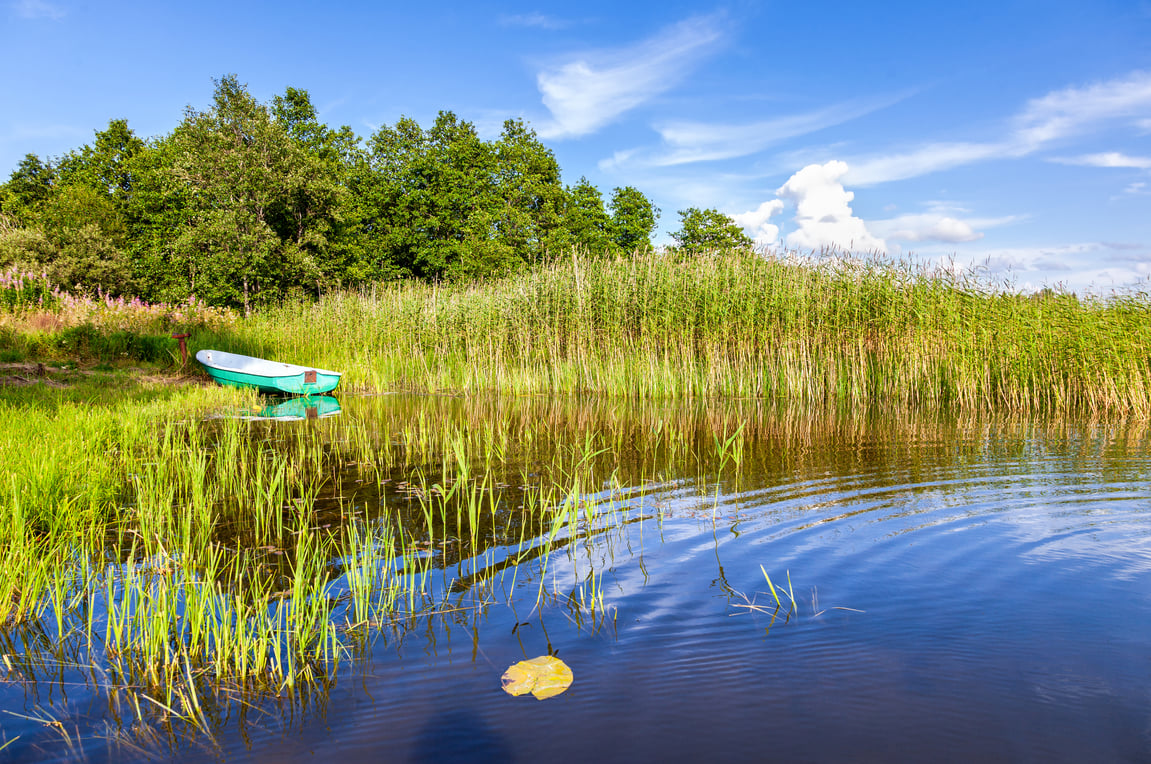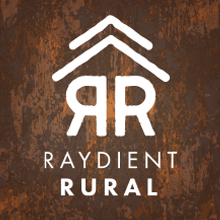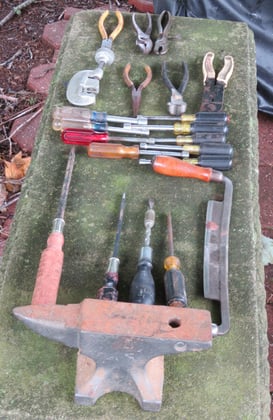How To Improve Fish Habitat in Small Ponds

Fishing on your own farm pond can provides hours of relaxation and entertainment for adults and children alike. However, it's important to know how to create and maintain diversity of fish species. Fisherman Jim Mize talks to the Coordinator for Region IV Fisheries in the South Carolina Department of Natural Resources about how to improve fish habitats in private ponds.
Small ponds are a valuable part of rural property in the South and are, therefore common features of many land tracts.
For example, the Florida Fish and Wildlife Commission notes, “Florida alone has over 7,700 named lakes over 20 acres and countless ponds from 1-20 acres. Many of those smaller ponds are on private property.”[1]
1. First, identify your goals and objectives

It's important to note that everyone's objectives may vary.
In the South, most farm ponds are stocked with largemouth bass and bluegill, occasionally adding channel catfish. Some owners want to focus on trophy bass primarily, with fewer catchable fish in total.
Others may desire a pond with large numbers of smaller fish that are easier to catch. The discussion here is for those farm pond managers interested in a balanced farm pond population.
In “Farm Pond Management for Recreational Fishing,” a publication from the University of Arkansas Cooperative Extension Program in cooperation with the Arkansas Game and Fish Commission, a balanced pond is defined as “one where both largemouth bass and bluegill populations have stable reproduction each year, and there is a range of sizes from small to large in both species.”
In general, the bluegill population should provide plenty of food for the bass, and the bass population should keep the bluegill from overpopulating.
2. Focus on Building Fish Habitat
Fish habitat is an important factor in farm pond management.
Cover allows juvenile fish to survive predation. Depending upon the type of cover, it may also contribute nutrients for insects that become food for fish.

Levi Kaczka, Coordinator for Region IV Fisheries in the South Carolina Department of Natural Resources, shared some of his thoughts on improving fish habitat in farm ponds.
“Farm ponds generally lack quality fish habitat without additions from owners since most are excavated from an otherwise open plot of land. When an owner thinks about adding structure, they should think of needs from the standpoint of both large (catchable) and small (juvenile not sought by anglers) fish since both are needed for a quality fishery.”
3. Determine What Type of Structure Your Pond Needs
In general, structure that may be added to ponds will fall into two categories.
The first is aquatic vegetation

“Submersed aquatic vegetation is an excellent source of structure since it provides nursery habitat for juvenile fish,” says Levi. “This nursery habitat is beneficial for young fish both in terms of avoiding predation, as well as increasing the habitat for aquatic invertebrates that will provide forage for juvenile bass and all life stages of bream.”
With aquatic vegetation, there are also some concerns as it requires active management.
“Many folks are hesitant to introduce vegetation due to the common occurrence of it overrunning a shallow-water pond and the subsequent issues with oxygen depletion and the inconveniences to fishing,” adds Levi.
Along these lines, the website for the Missouri Department of Conservation says, “Too much cover is as detrimental to good fish management as too little.”
This excess cover allows small fish to be so well protected from predation that they overpopulate, get too little food, and don’t grow.
As a rule of thumb, the Missouri Department of Conservation site suggests that no more than 10-20 percent of the surface area of a pond should have plant growth. They also note that this may require active thinning.

Levi suggests the alternative is to add hard cover such as fallen trees, limbs, and brush along the shoreline.
“These make great additions since they are organic material that will slowly break down over time and don’t cost much to replace. Additionally, they often provide varying amounts of interstitial space (the space between branches and hardcover) which is desirable in a bass and bream pond. The finer the structure and interstices, the more beneficial it will be as cover for small fish. The larger those spaces, the more beneficial for a bigger predator hanging out looking for a meal. Ultimately, you’d like to have both present.”
If you are thinking about sinking brush in your farm pond, the type of brush, location and arrangement are all factors to think about.
“Some of my favorite material we put into the lakes on fish attractors are large Wax Myrtle bushes,” says Levi. “They seem to last relatively long before breaking down and provide varying sizes of interstitial space all in one or two bushes. Some other materials to consider may be leftover Christmas trees or bamboo, both of which can be anchored with cinder blocks or fixed in a small bucket of concrete.”

“As far as location, from the shoreline out to 10-15 feet works great,” says Levi. “Since most people are going to be fishing these small farm ponds from the bank, no sense in adding structure to areas outside of casting distance.”
The Missouri Department of Conservation site also recommends the brush should be sunk in sections of the pond where the top of the brush remains within 4-6 feet of the surface.
Often, water of this depth is in the vicinity of the dam. Care should be taken that brush doesn’t interfere with the spillway or exit of water from the pond.
Also, this website references research suggesting that placement of brush can impact fish concentration.
For example, they note that in the case of sinking Christmas trees, three placed close together in a triangle will attract more fish than the same three trees spread out.
The second is sinking hard cover such as clean cinder blocks or pipes
This is especially helpful when channel catfish are one of the desired fish. Channel cats gravitate toward cavities for cover.
In summary, management of farm pond habitat can help provide a balanced fish population
Whether you add aquatic plants or hard cover, such as submerged trees, may depend on the amount of time and money you wish to invest. But parting words from the Florida Fish and Wildlife Commission may be worth considering.
“The management of the ponds should take into account important conservation principles to prevent doing more harm than good.”











Your email address will not be published. Required fields are marked*